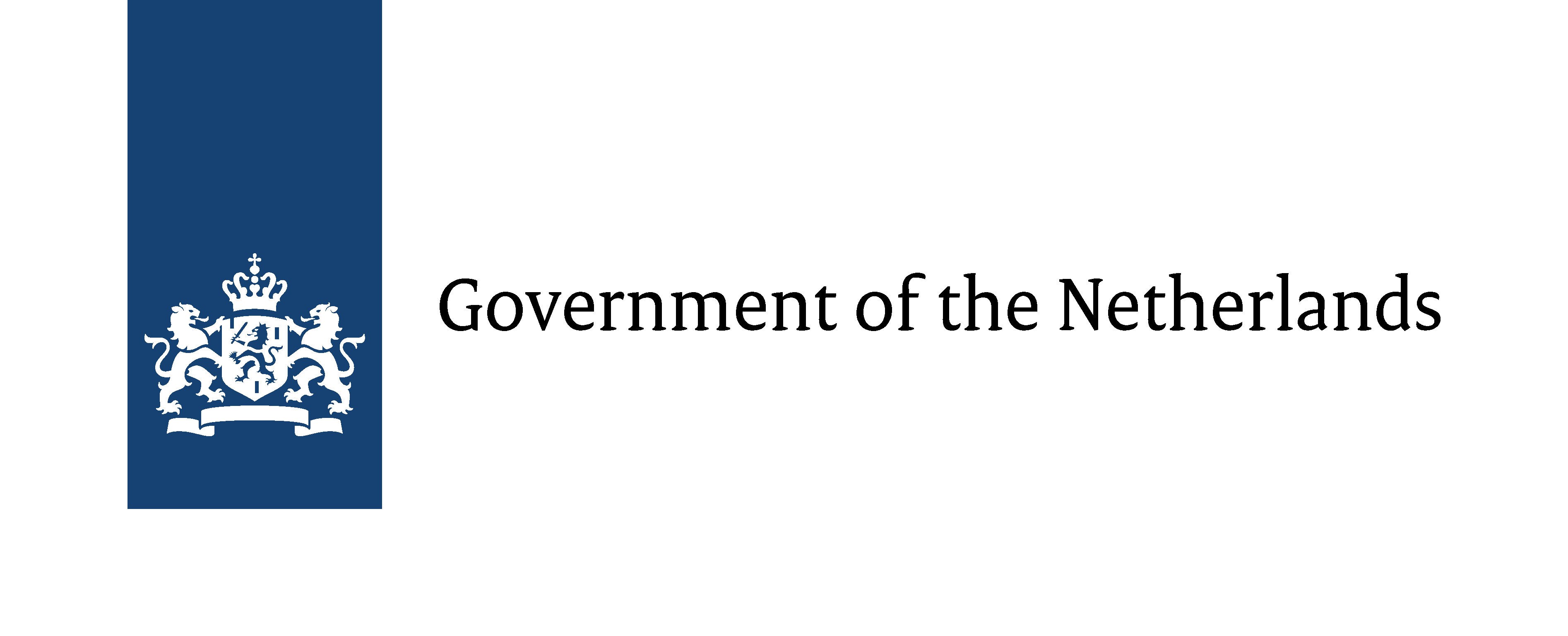Dutch Period Museum Colombo
While the members of the Company lived in the fortress, the burghers and tradesmen found their place in the Old city, called Pettah. The English doctor Ives who visited Colombo in 1757 wrote: “ The streets are very wide with a row of beautiful trees. There is a very smooth and regular pavement on each side between them and the houses. The whole is so elegantly disposed that we could not help admiring the wisdom and the genius of the Dutch.”
At present, the Department of National Museums manages several museums in Sri Lanka, such as the Dutch Period Museum in Colombo. Since the first exhibition in 1981 to improve the links between the Netherlands and Sri Lanka, conservator Lodewijk Wagenaar has been working on the project of renovation and rearrangement.
Nowadays, Pettah is a busy area with narrow streets, but a large striking building with eight white columns in the Princestraat does not fit in the surroundings of the neighbourhood. This former house of Governor van Rhee (1692- 1697), with its tall walls, is typically Dutch. After this period, the building was used as an educational institute for pastors and teachers (1696-1796). During this period, the orphanage room of Colombo was part of the building. Unfortunately, there were many wounded during the war between the English and the Kingdom of Kandy in 1803, which made a hospital necessary. In the second half of the 19th century, it was a barrack and around 1900, the burgher Altendorf used it as police school. Its final function from 1932 on was a post office, but when the walls collapsed in 1971, the authorities were forced to evacuate it.
The Royal Asiatic Society and the Dutch Burgher Union protested against the plan to tear the whole building down. Since 1937, the Dutch Burgher Union with Dr. Brohier as its leader, intended to renovate the building and make a Museum of the Dutch Period of it, but the government of Sri Lanka did not approve, especially as there were no funds. In 1973, a committee was formed existing of members of the Ceylon Tourist Board, the Department of Archaeology with Roland Silva as the director, the Netherlands Alumni Association of Lanka and National Archives. The Sri Lankan Honorary Consul-General, Mallory Wyesinghe, also became a member of the committee. The CNO (Stichting Cultuurgeschiedenis van de Nederlanders Overzee) and later the NUFFIC (Netherlands Universities Foundation for International Cooperation) with the establishment of the NAAL (Netherlands Alumni Association of Sri Lanka) from the Netherlands helped to fight for the conservation of the old building. The project was funded by the Netherlands- Sri Lanka Foundation, which was established by Evert Jongens.
OBJECTIVES
to renovate the building and make a Museum of the Dutch Period of it
RESULTS
In 1982, the Dutch Period Museum was ceremonially opened by President Jayewardene, who was accompanied by the Ministre of Culture, mr. Hurulle.

